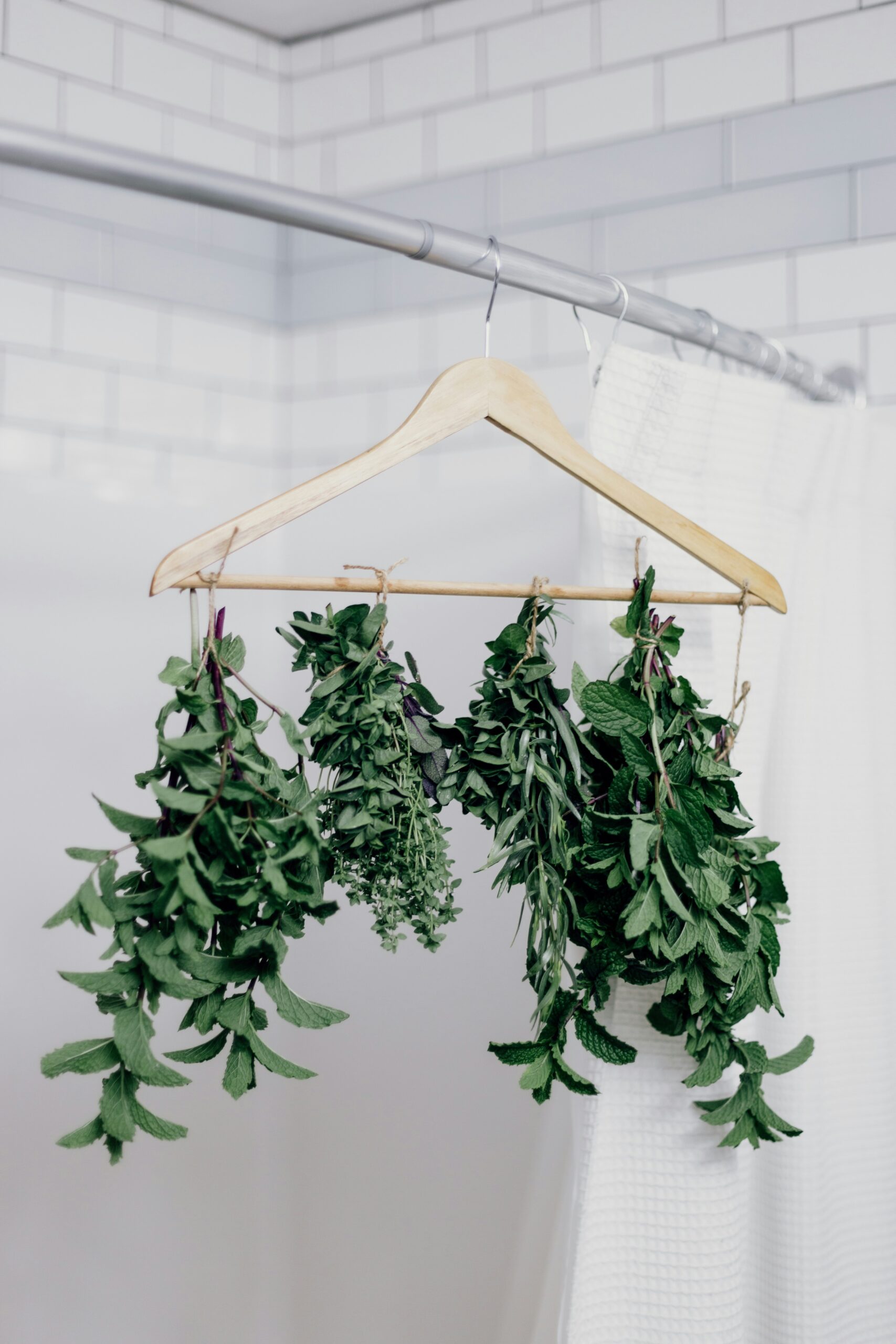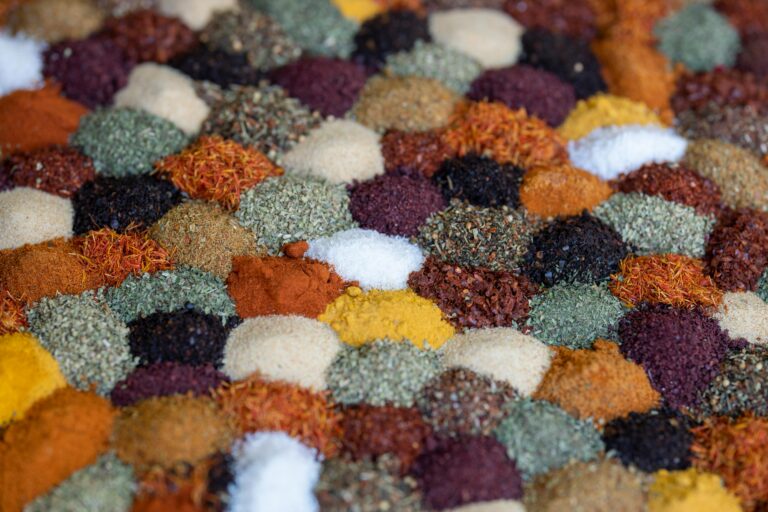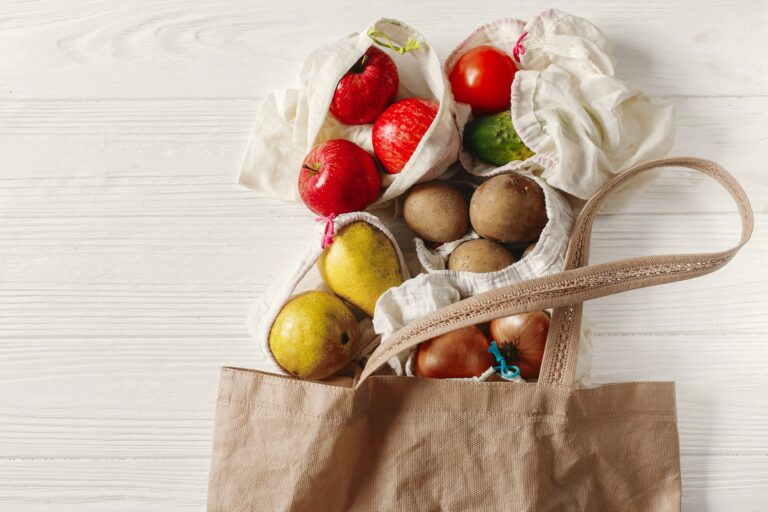Cooking with Fresh vs. Dried Herbs: Flavor Tips
When it comes to cooking, herbs are like the secret weapon in a chef’s arsenal. They add depth, flavor, and complexity to dishes, elevating them to a whole new level. Aromatics play a crucial role in the culinary world, whether it’s adding a touch of freshness to a salad or infusing a stew with layers of flavor. One common dilemma that many home cooks face is whether to use fresh or dried herbs. In this blog post, we will explore the differences between fresh and dried herbs, when to use each for maximum flavor, techniques for substituting one for the other, and best practices for cooking with herbs to maximize flavor.
The Basics of Fresh and Dried Herbs
Understanding the fundamental differences between fresh and dried herbs is key to using them effectively in your culinary endeavors. Fresh herbs come directly from the garden or market, offering a burst of flavor and aroma that can enhance the freshness of any dish. They are characterized by their vibrant colors and soft, pliable leaves, which are often used to bring a bright note to recipes. On the other hand, dried herbs have undergone a process of dehydration, which concentrates their essential oils and flavors, making them more potent than their fresh counterparts. This process also extends their shelf life, allowing you to stock a variety of herbs in your pantry for use throughout the year. While dried herbs excel in dishes that cook for longer periods, allowing their complex flavors to infuse thoroughly, fresh herbs provide a splash of color and a crisp, clean taste that is hard to replicate with dried varieties. Navigating the use of these aromatics involves understanding their unique properties and how they can be best applied to elevate the flavors of your meals. By grasitating the distinct characteristics and optimal uses of fresh versus dried herbs, you can enhance your cooking with the depth and dimension that only these essential culinary ingredients can provide.
When to Use Fresh Herbs for Maximum Flavor
Incorporating fresh herbs into your dishes can make a world of difference, especially in recipes where their lively, nuanced flavors are meant to be at the forefront. Ideal for cold dishes such as salads, fresh herbs can introduce a crisp, clean taste that’s hard to achieve with dried alternatives. They are also essential in dressings and sauces where their uncooked vibrancy complements the primary ingredients, offering an extra layer of flavor. When it comes to cooked meals, adding fresh herbs towards the end of the cooking process or as a garnish ensures their delicate aromas and tastes remain intact and effective. This practice is particularly beneficial in lighter dishes, such as seafood or vegetable preparations, where the fresh herb’s essence can permeate without being overshadowed by stronger flavors. Utilizing fresh herbs in these contexts amplifies the overall sensory experience, bridging the gap between the simple and the sublime in culinary creations.
The Convenience and Longevity of Dried Herbs
Dried herbs offer a practical and enduring option for kitchen pantries, providing robust flavors even outside the growing season. Their preserved state means they are readily available, eliminating the worry of fresh herbs wilting before they can be used. This longevity is a boon for meal planning and spontaneous cooking, allowing a depth of flavor to be added to dishes at a moment’s notice. Ideal for recipes that simmer and meld flavors over time, dried herbs can withstand prolonged cooking processes, gradually infusing meals with a concentrated essence. Their potent nature suits hearty dishes such as roasts, braises, and slow-cooked soups, where they contribute a complexity that builds with cooking. Additionally, dried herbs can be a cost-effective choice, as they offer a longer shelf life and reduce the need for frequent purchases. Their convenience is unmatched, especially when fresh alternatives may not be in season or readily available. Incorporating dried herbs into your culinary repertoire ensures a steady supply of aromatic flavors, ready to enhance your cooking with their rich and concentrated profiles.
Techniques for Substituting Fresh with Dried Herbs (and Vice Versa)
Mastering the art of substituting fresh herbs with dried ones and vice versa is an essential skill in the kitchen, allowing you to adapt based on what you have on hand. The potency difference between the two forms means that a direct one-to-one substitution won’t always yield the desired results. Generally, the conversion ratio is 3:1 in favor of fresh herbs. This means that if a recipe specifies a tablespoon of fresh herbs, a teaspoon of dried herbs is an equivalent substitute.
However, it’s not just about measuring; the timing of adding these herbs can significantly affect the outcome of a dish. Dried herbs, with their concentrated flavors, are best added at the beginning or during the cooking process. This allows time for their flavors to meld and infuse into the dish, especially in recipes that require longer cooking times. Fresh herbs, on the other hand, are more delicate and often carry a more volatile array of flavors that can be diminished with prolonged heat. Therefore, they are ideally added towards the end of cooking or used as a garnish, preserving their vibrant color and maximizing their aromatic contribution to the final presentation of the dish.
By understanding and applying these substitution techniques, you can ensure that your dishes maintain their intended flavor profiles, regardless of whether you’re using fresh or dried herbs.
Maximizing Flavor: The Best Practices for Cooking with Herbs
To ensure the full flavor potential of herbs is achieved, a few best practices should be embraced by both novice and experienced cooks alike. For fresh herbs, it’s crucial to integrate them into your dish at the right moment. Delicate varieties such as cilantro, parsley, and basil should be added at the last stages of cooking or used as garnish to preserve their vibrant taste and color. Conversely, more robust herbs like rosemary and thyme can be introduced earlier in the cooking process, as they withstand heat well and release their flavors gradually. When preparing fresh herbs, lightly bruising leaves by gently rubbing them between your fingers can help release essential oils, thereby intensifying the herb’s aroma and flavor.
For dried herbs, ensure they haven’t lost their pungency by checking for vibrant color and a strong aroma. Given their concentrated nature, they should be added at the onset of cooking, allowing their complex flavors to permeate the dish. A quick crush in the palm of your hand before adding them to your recipe can help revive and release their flavors. Remembering these simple yet effective techniques will significantly enhance the taste and aroma of your culinary creations, making the most out of each herb’s unique characteristics.
DIY: Drying and Storing Your Fresh Herbs
Transforming your bounty of fresh herbs into a pantry staple is a simple, yet rewarding process. Start by gathering your herbs in small bundles, ensuring they are clean and free from moisture. Secure the stems with twine and hang them upside down in a location that is not only warm and dry but also well-ventilated. This setup facilitates even drying, preserving the herbs’ essential oils and aromas. The drying period varies but typically spans several weeks, depending on the herb type and environmental conditions. Once the herbs feel crisp to the touch, indicating they are fully dried, carefully strip the leaves from the stems. These dried leaves should then be stored in airtight containers, preferably glass jars with tight-fitting lids, to protect them from moisture and light degradation. Placing them in a cool, dark area maximizes their shelf life, ensuring a year-round supply of your favorite flavors. This method not only extends the usability of your herbs but also imbues your culinary creations with the essence of home-grown aromatics, anytime you desire.






